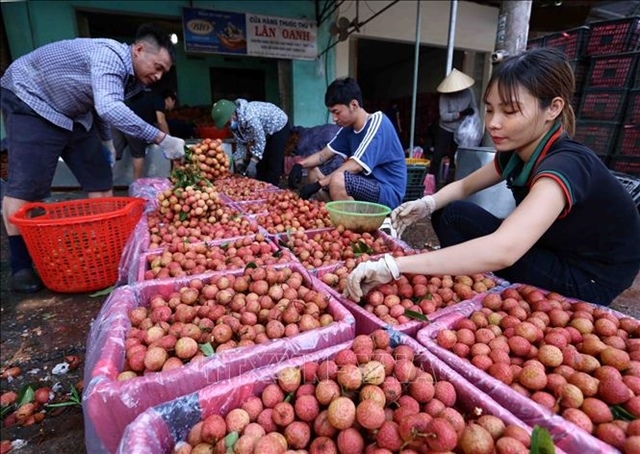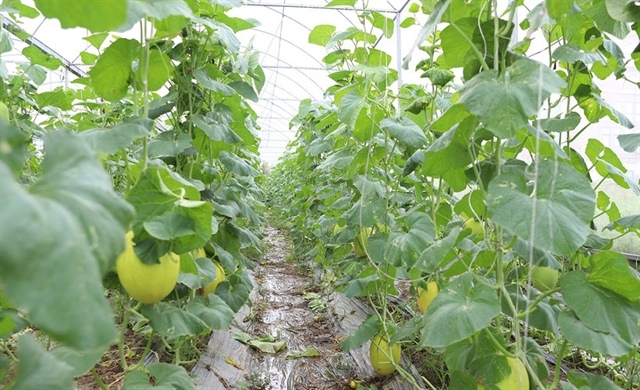Cement industry eyes exports
Cement industry eyes exports
Viet Nam's cement production has met domestic demand since 2010 but has surpassed it since 2012 because of declining consumption resulting from economic recession.

In this difficult situation, exports are believed to be the solution that will enable cement producers to reduce their inventories. Nguyen Quang Cung, president of the Viet Nam Cement Association, spoke to Vietnam News Agency about measures to boost cement exports.
With cement supply exceeding domestic demand, many companies opt to export. What are your opinions?
A country must boost exports of all kinds of products and services to gain advantages offered by foreign currency earnings for its development.
Regarding the cement industry, some are of the opinion that exporting is just a band-aid solution. However, in my opinon, cement exports, indeed, help to bring long-term benefits to both producers and workers.
Viet Nam has advantages in cement production and exports thanks to abundant raw materials, with mountains that make up three-fourths of the country's total area and long coastlines with ports systems, which are convenient for exports.
Local cement companies also invest in advanced production lines and technology, turning Viet Nam into one of the leading cement producers in the region.
Cement exports will be a good choice from now till 2025 or even 2030.
Are cement export prices competitive in comparison with that of other countries in the region? Do you think there is unhealthy competition among domestic producers?
Currently, many countries in Asia have been exporting huge volumes of cement for a good number of years. Among them, Thailand and Japan have been exporting cement for decades.
The competition in cement exports is not only in market shares but also in pricing. Many of Viet Nam's exports are priced lower than that of other countries, such as rice, which is lower than that of Thailand.
Current cement export prices fluctuate around US$50-55 per tonne, and are lower than that of several countries in the region but not much, at below 10 per cent.
To boost exports, product quality must be enhanced along with brand name building among customers, and these processes require time, effort and a long-term strategy.
In addition, unhealthy competition is a factor that hampers exports. In order to raise export prices, co-ordination among the Ministries of Construction and Industry and Trade, Association of Building Materials and other concerned authorities are essential to harmonise the benefits of domestic producers and exporters and prevent unhealthy price competition.
What long-term measures should be carried out to ensure the efficiency of cement exports?
Development planning for the cement industry, which has been amended several times, stresses the goal of meeting both domestic and export market demand. However, the cement industry currently lacks a long-term export strategy.
This export strategy is very essential in clearly defining which products from which plants should be exported, and which products from which plants should serve domestic demand.
For example, plants located near ports with good raw material sources, large capacity and high-technology equipment should prioritise exporting, to benefit from well-know brands and low production costs.
It will be unreasonable to export products of plants which are far from ports, as the transportation cost alone is already high.
In fact, many cement companies in Viet Nam currently focus on domestic demand while exports are still reliant on importing markets. Gaining export market share is also a problem for the cement industry.
Therefore, a long-term cement export strategy which is appropriate to reality is indispensable.
vietnamnet























